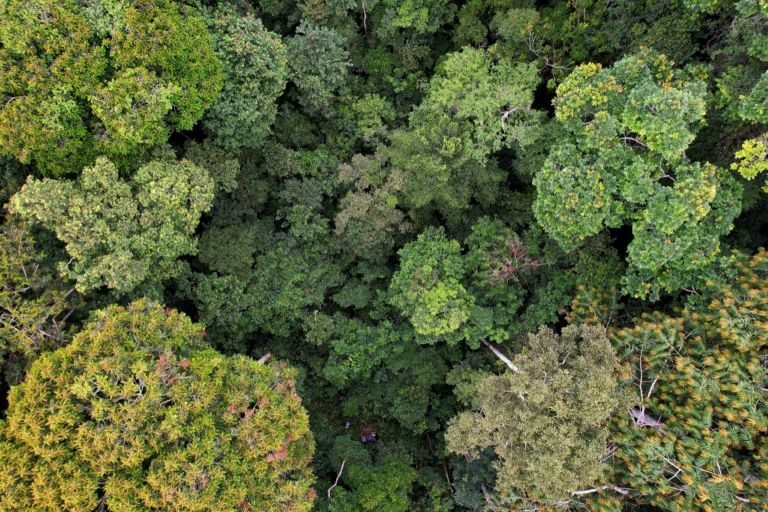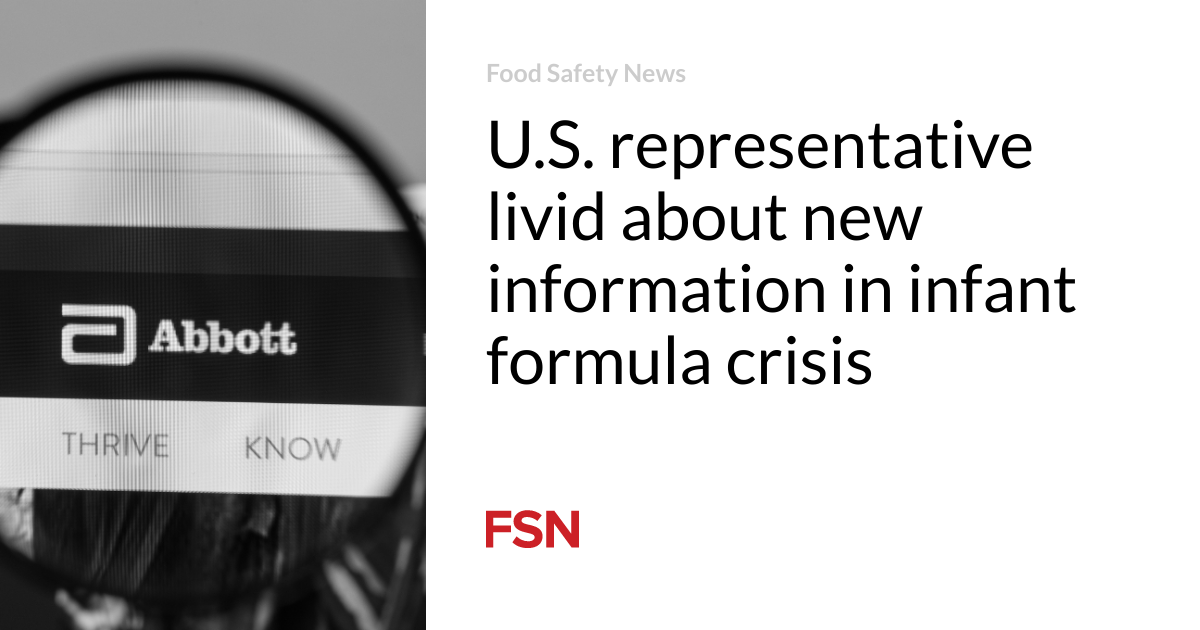- The newly published Tropical Forest Credit Integrity (TFCI) guide aims to help companies looking to make smarter purchases of tropical forest credits, one strategy for lowering greenhouse gas emissions.
- Tropical forests carbon credits allow companies to offset their carbon emissions by paying for the conservation of forests.
- The guide says companies should make sure they’re purchasing high-quality credits that contribute to real-world reductions of deforestation in tropical forests.
- It also urges them to be transparent about carbon credit purchases and establish a good-faith relationship with local and Indigenous communities.
A new guide published in May is helping companies make smarter decisions about purchasing tropical forest credits, a strategy for offsetting greenhouse gas emissions, slowing deforestation and mitigating climate change.
The Tropical Forest Credit Integrity (TFCI) guide provides support for companies seeking to purchase high-quality carbon credits, which will bring them closer to decarbonizing their operations and ultimately to limiting global warming to 1.5° Celsius (2.7° Fahrenheit).
“Living ecosystems are critical carbon stocks and if we lose them, they cannot be recovered in the timeframe needed to tackle climate change,” said Angela Churie Kallhauge, head of impact at the Environmental Defense Fund, the organization that co-authored the report. “We know companies want to invest in tropical forest protection and have the resources to do it — but it can be hard for them to navigate the large, complex carbon credit marketplace.”
The other report authors include some of the world’s largest conservation organizations, including Conservation International, The Nature Conservancy, the Wildlife Conservation Society, World Resources Institute, WWF, IPAM Amazônia, and Coordinator of Indigenous Organizations of the Amazon Basin (COICA).
The project was funded by the Bezos Earth Fund, Amazon.com founder Jeff Bezos’s $10 billion initiative to support researchers, activists and NGOs in the fight against climate change.
Carbon credits allow companies, usually in industrialized countries, to offset their carbon emissions by paying for forest conservation, usually in less-industrialized countries. Generally, one credit is worth 1 metric ton in greenhouse gas emissions.
The voluntary carbon credit market has been growing rapidly in recent years, having reached $1 billion in value in 2021, with a future market value predicted to reach around $30 billion.
But the market has received criticism from some conservationists because it allows companies to continue to emit greenhouse gases, and has even been called a “license” to pollute. But the credits also buy time for companies trying to find other ways of transitioning away from excess carbon emissions in the long term.
As long as credits are being created, purchased and traded, there should be a strong set of recommendations available for companies seeking best practices, the new guide says.
“In the face of the urgency to conserve tropical forests and the rapidly increasing demand for tropical forest carbon emissions reductions and removals credits,” it says, “we agree that guidance for companies choosing to make such purchases is urgently needed.”
Major recommendations
The guide urges companies to purchase tropical forest carbon credits not to replace other emissions reduction strategies, but rather to complement them. That means companies should be taking other ambitious steps to decarbonize their operations beyond purchasing carbon credits, the guide says.
The creation of carbon credits, it says, should also prioritize the rights of Indigenous and local communities — as well as of women and other underserved groups — especially when it comes to access to land, water and practices involving traditional knowledge. The best way to do this is to treat these groups as partners or shareholders, not just beneficiaries, the guide says.

Companies should take “a genuinely collaborative and intercultural approach that values diverse cultural practices and ensures full and effective participation on equal terms throughout the process … and with special emphasis on the equitable distribution of benefits,” the guide says.
Another way to make sure this happens is by creating a culture of transparency. Companies should publicly report their use of carbon credits and specify in which country the credit activity is taking place. They should also be clear about how and if the credits count toward a host country’s “nationally determined contributions,” a core component of the Paris Agreement that measures each country’s total contributions to emissions reductions.
“It’s essential that companies are transparent about their investments and credits, how they’re counting them and how they’re claiming them,” Lloyd Gamble, WWF’s senior director of forests and climate, told Mongabay.
It’s possible, for example, to purchase “removal credits” that are created through tree-planting efforts, which have been shown to be less effective carbon sinks than conserving old-growth forests. Instead, companies should make sure they’re purchasing high-quality credits that contribute to real-world reductions of deforestation in tropical forests, the guide says.

But perhaps the most important recommendation, Gamble said, involves the transition to what are known as “jurisdiction-scale programs,” in which credits are granted at state or province level — or even national level — and not project by project. If companies can rapidly transition to those kinds of purchases, the guide says, forest protections can be established on a scale of millions of hectares as opposed to thousands, allowing for carbon credits to contribute to conservation efforts at a much larger scale.
“It’s important that [companies’] accounting and planning is such that they’re supporting transformational activity, transformational change,” Gamble said, “not just little green islands of national parks or localized activities that may have short-term effects.”
Banner image: Hiking through degraded peatland and tropical forest in Mendawai, Indonesia. (Photo Courtesy of CIFOR/Flickr).
FEEDBACK: Use this form to send a message to the author of this post. If you want to post a public comment, you can do that at the bottom of the page.











